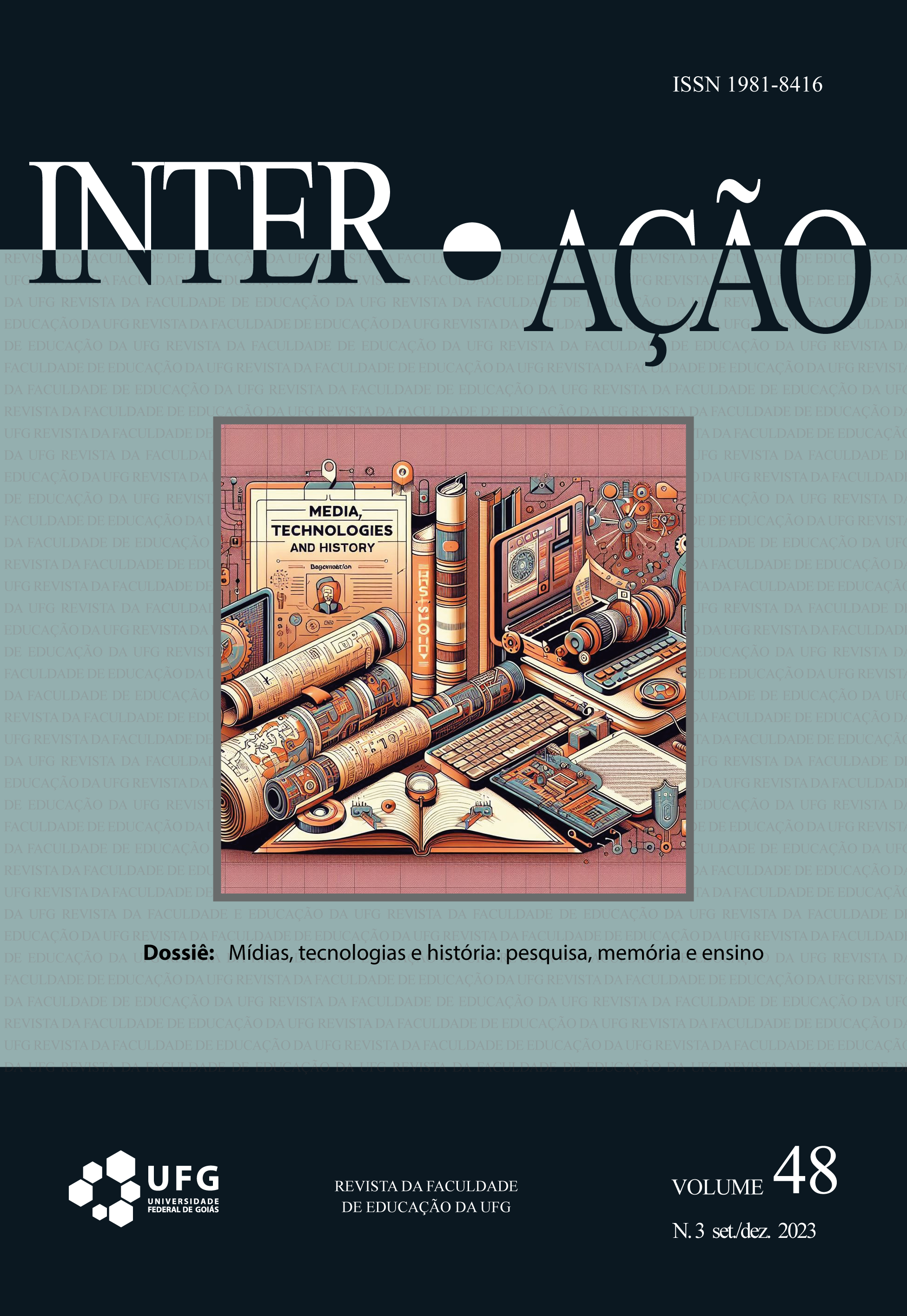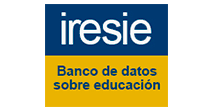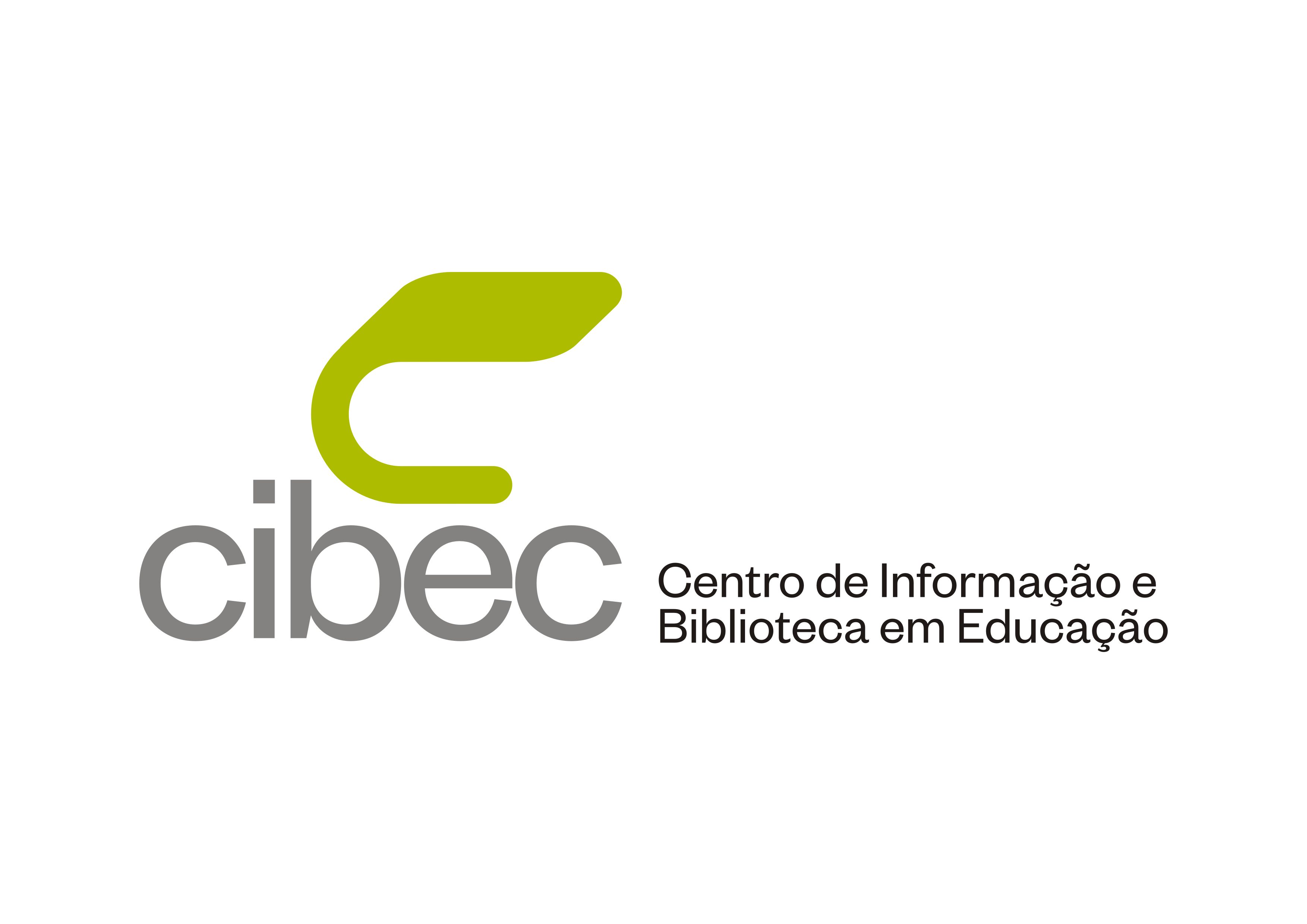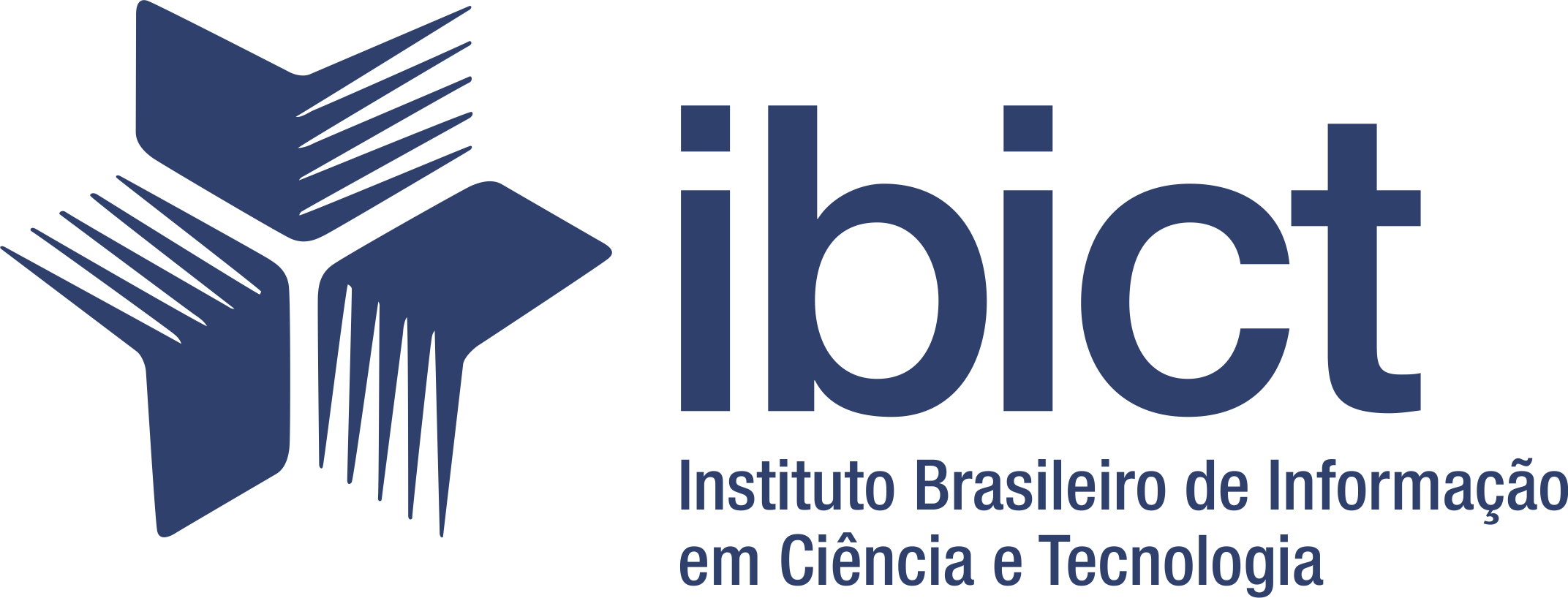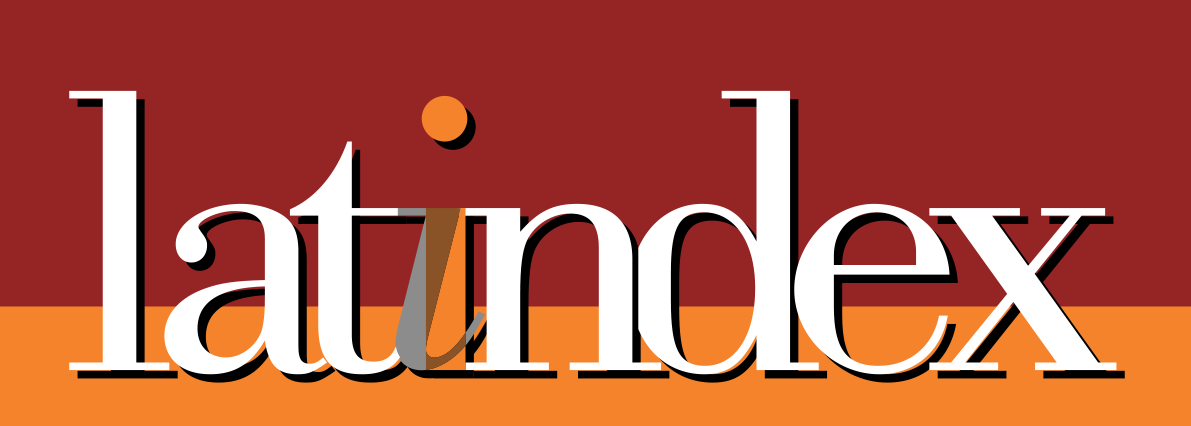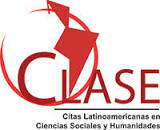MÍDIAS EM FESTA: A AMPLIAÇÃO DO PROTAGONISMO AFROAMAZÔNIDA DO MAZAGÃO VELHO (AP) NAS NARRATIVAS DE JOSEANE CALAZANS DE BRITO
DOI :
https://doi.org/10.5216/ia.v48i3.76645Résumé
O artigo apresenta uma análise dialógica sobre os saberes e práticas de comunicação livre e popular de Joseane Calazans de Brito, historiadora e comunicadora afroamazônida, que nasceu no distrito de Mazagão Velho, no Amapá, e que tem inventado um modo de fazer comunicação inspirado principalmente no trabalho dos mestres de cultura da sua região. Foi utilizada a etnografia dialógica, tomando-se as narrativas de Joseane como conhecimento teórico produzido fora da universidade por sujeitos históricos que, colocados em diálogo com a ciência já reconhecida, impulsionam a descolonização da ciência amazônida. A reflexão revelou que Joseane agregou métodos da história e da comunicação livre e popular a formas tradicionais de se fazer conhecimento e cultura, mistura que intensificou a sua criatividade.
PALAVRAS-CHAVE: Comunicação Popular; Rádio Livre; Teoria; Negritude Amazônida; Mazagão Velho.
Téléchargements
Références
BENSA, Alban. Después de Lévi-Strauss: por una antropologia de escala humana. México: FCE, 2015.
BRITO, Joseane Calazans. Entrevista concedida ao projeto “Tecendo Redes Interculturais nas Amazônias”. [18 ago. 2019]. Entrevistador: Guilherme Gitahy de Figueiredo. Macapá, 2019a. 1 arquivo mp3. (110 min.).
BRITO, Joseane Calazans. Entrevista concedida ao projeto “Tecendo Redes Interculturais nas Amazônias”. [19 ago. 2019]. Entrevistador: Guilherme Gitahy de Figueiredo. Amapá, 2019b. 1 arquivo mp3. (150 min.).
DEUS, Zélia Amador de. O corpo negro como marca identitária na diáspora africana. In: Caminhos trilhados na luta antirracista. Belo Horizonte: Autêntica, 2020. (Coleção Cultura Negra e identidades).
FIGUEIREDO, Guilherme Gitahy de. O “anjo exterminador” da Antropologia e a contribuição de June Nash para a etnografia dialógica. In: SOUZA, Antônio; JUSTAMAND, Michel; CRUZ, Tharcísio. Fazendo Antropologia no Alto Solimões 27. São Paulo e Manaus: Alexa Cultural e EDUA, 2020.
FREIRE, P. Pedagogia do Oprimido. Rio de Janeiro: Paz e Terra, 1987.
GONÇALVES, Luís Jorge; PEREIRA, Cláudia Matos. Mazagão Velho, Santuário de Santiago na Amazônia (Macapá-Brasil). Revista Santuários, Cultura, Arte, Romarias, Peregrinações, Paisagens e Pessoas, Lisboa (Portugal), v.1, n. 5, 2016. Disponível em: https://www.ccsp.it/web/santuarios2016/programma%20e%20pdf%20vari/pdf_articoli/Gon%C3%A7alves%20&%20Pereira.pdf. Acesso em: 20 jul. 2022.
HOOKS, Bell. Ensinando a transgredir: a educação como prática da liberdade. São Paulo: Martins Fontes, 2013.
KAPLÚN, Mario. El comunicador popular. Quito: CIESPAL, 1985.
MACHADO, Sândala Cristina da Soledade. A Festa do Divino, nos dois lados do Atlântico. Revista Tempo Amazônico, Macapá (AP), v. 1, n. 2, 2014. Disponível em: http://rj.anpuh.org/resources/download/1415135900_ARQUIVO_FESTADODIVINO.pdf. Acesso em: 20 jul. 2022.
PACHECO DE OLIVEIRA, João. Etnografia enquanto compartilhamento e comunicação: desafios atuais às representações coloniais da antropologia. In: FELDMAN-BIANCO, Bela. Desafios da Antropologia Brasileira. Brasília: ABA, 2013.
VIDEIRA, Piedade Lino. Marabaixo, dança afrodescendente: significando a identidade étnica do negro amapaense. Curitiba: Brazil Publishing, 2020.
Téléchargements
Publié-e
Comment citer
Numéro
Rubrique
Licence
© Suellen Amanda da Silva Freire, Joseane Calazans de Brito, Guilherme Gitahy de Figueiredo 2023

Cette œuvre est sous licence Creative Commons Attribution - Pas d'Utilisation Commerciale 4.0 International.
A Inter-Ação utiliza como base para transferência de direitos a licença Creative Commons Attribution 4.0 para periódicos de acesso aberto (Open Archives Iniciative - OAI). Por acesso aberto entende-se a disponibilização gratuita na Internet, para que os usuários possam ler, baixar, copiar, distribuir, imprimir, pesquisar ou referenciar o texto integral dos documentos, processá-los para indexação, utilizá-los como dados de entrada de programas para softwares, ou usá-los para qualquer outro propósito legal, sem barreira financeira, legal ou técnica.
Autores que publicam neste periódico concordam com os seguintes termos:
1) Autores mantém os direitos autorais e concedem à revista o direito de primeira publicação, com o trabalho simultaneamente licenciado sob a Licença Creative Commons Attribution que permite o compartilhamento do trabalho com reconhecimento da autoria e publicação inicial nesta revista.
2) Autores têm autorização para assumir contratos adicionais separadamente, para distribuição não-exclusiva da versão do trabalho publicada nesta revista (ex.: publicar em repositório institucional ou como capítulo de livro), com reconhecimento de autoria e publicação inicial nesta revista.
3) Autores têm permissão e são estimulados a publicar e distribuir seu trabalho online (ex.: em repositórios institucionais ou na sua página pessoal) a qualquer ponto antes ou durante o processo editorial, já que isso pode gerar alterações produtivas, bem como aumentar o impacto e a citação do trabalho publicado.

